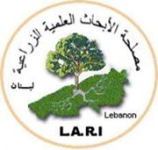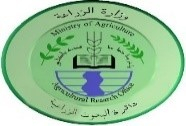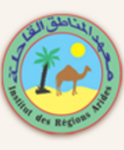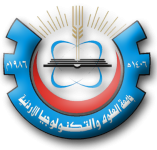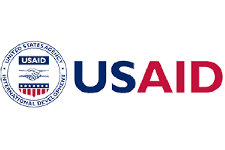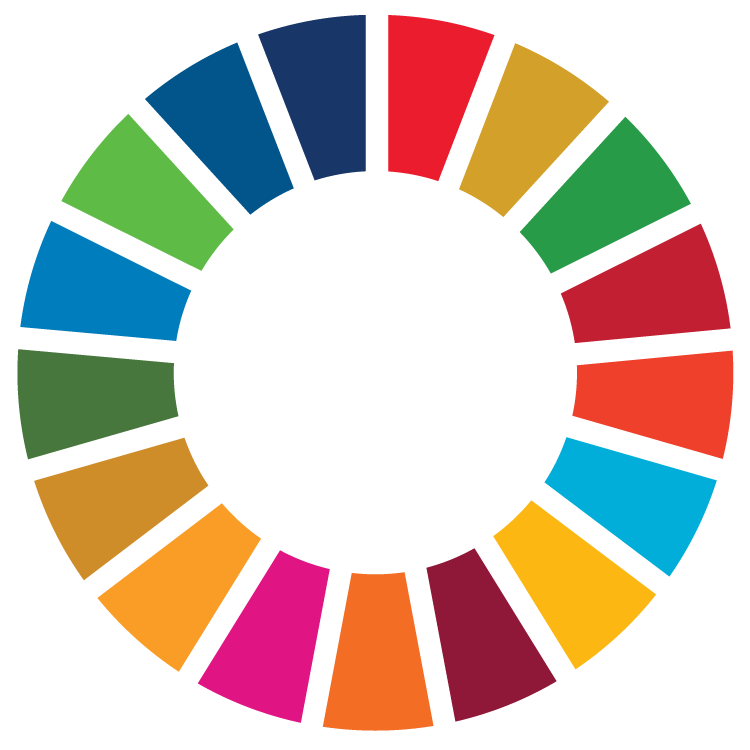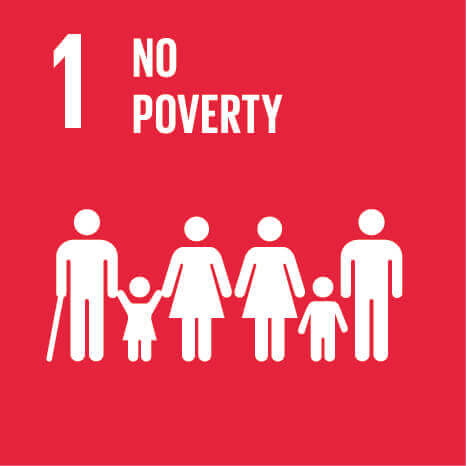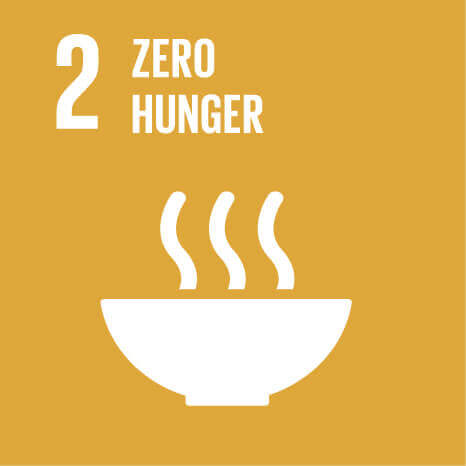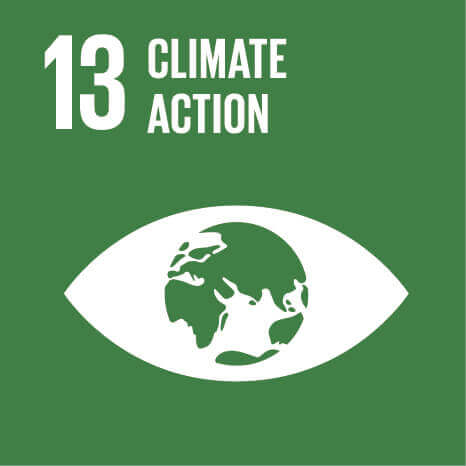The ultimate goal of the WLI is to improve rural livelihoods in selected countries in the MENA region. This will be achieved through the implementation of a variety of bio-physical and socio-economic related activities geared towards the development of improved technologies and innovation packages to address critical development challenges; as well as to build local, national, and regional capacity to ensure sustainable adoption and utilization of proposed solutions.
Effective implementation of activities will result in one or more of the following outputs which are aligned with USAID’s Feed the Future (FtF) Indicators. WLI partners have been collecting data on these indicators on a yearly basis since 2012.
1. Number of hectares under improved technologies or management practices as a result of USG assistance
2. Number of farmers and others who have applied new technologies or management practices as a result of USG assistance
3. Number of individuals who have received USG supported short-term agricultural sector productivity or food security training
4. Number of food security private enterprises (for profit), producers organizations, water users associations, women's groups, trade and business associations, and community-based organizations (CBOs) receiving USG assistance
5. Number of stakeholders implementing risk-reducing practices/actions to improve resilience to climate change as a result of USG assistance
6. Number of new technologies or management practices in one of the following phases of development:
a. Phase 1: Number of new technologies or management practices under research as a result of USG assistance
b. Phase 2: Number of new technologies or management practices under field testing as a result of USG assistance
c. Phase 3: Number of new technologies or management practices made available for transfer as a result of USG assistance
The outputs identified above will in-turn contribute to the achievement of selected outcomes presented below:
1. Increased water, land, and crop (for human and animal consumption)
2. Enhanced awareness of sustainable water and land management practices
3. Increased rural income
4. Increased resilience and environmental sustainability
Achievements of the proposed outcomes will then result in attaining the WLI goal – Improved Rural Livelihoods. The outcomes will also contribute to the following CGIAR Intermediate and Sub-Intermediate Development Outcomes (IDOs and sub-IDOs).
a. IDO (1.3 ) - Increased incomes and employment of the CGIAR strategic goal (1) “Reduced poverty”; and particularly to Sub IDO 1.3.2: Increased livelihood opportunities
b. IDO (B.1) of the CGIAR strategic goal (B) “Gender and youth” – through improved capacity of women and youth to participate in decision-making (sub IDO B.1.3).
c. IDO (C.1) of the CGIAR strategic goal (C) “Policies and institutions” by Increasing capacity of beneficiaries to adopt research outputs (sub IDO C.1.1).
d. IDO (D.1) of the CGIAR strategic goal (D) “Capacity development” by enhancing institutional capacity of partner research organizations (sub IDO D.1.1)

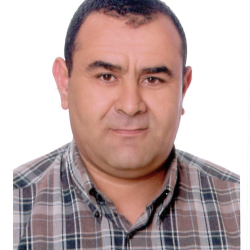



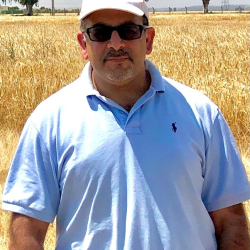







.png)
